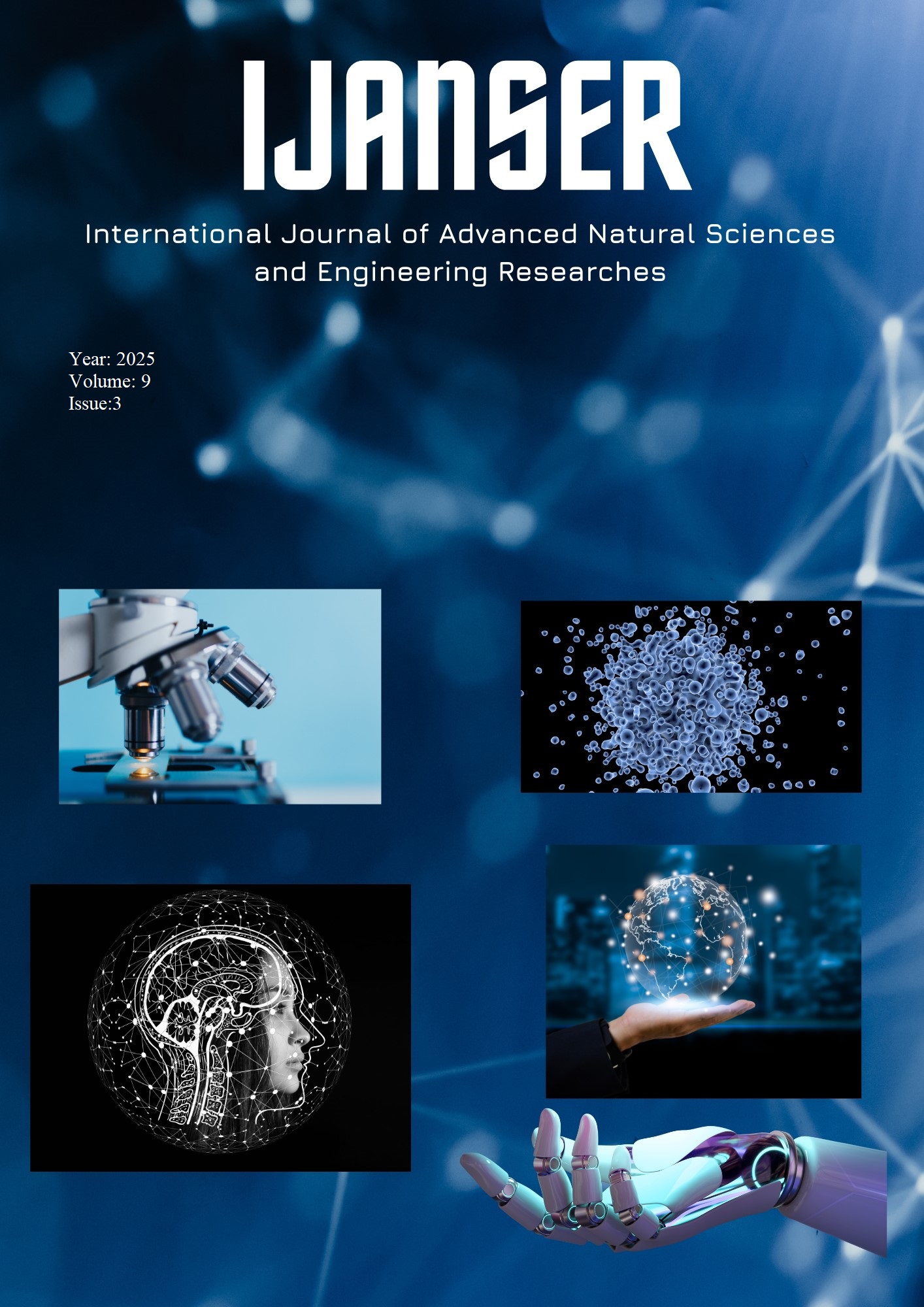Impact of Different Feeding Methods on Honey Composition and Bee Health in Northern Iraq
DOI:
https://doi.org/10.5281/zenodo.14957571Keywords:
Honeybee nutrition, Honey composition, Fruit-based feeding, Colony health, Physicochemical propertiesAbstract
Honeybee nutrition is essential for maintaining colony health, enhancing honey quality, and ensuring ecological stability. This study explores the effects of different feeding methods, including natural floral sources, fruit-based nutrition, and artificial sugar syrups, on the physicochemical composition of honey in the northern region of Iraq. The research compares ‘fruit honey’ produced by bees fed 1 kg of watermelon, sugar syrup, and candy, as well as naturally sourced honey. Physicochemical analyses, including Fourier transform infrared spectroscopy (FTIR), refractive index, viscosity, microscopic imaging, pH, and density measurements, were conducted to assess honey quality. The results indicate that feeding practices significantly influence honey composition, affecting sugar content, viscosity, acidity, and bioactive compound levels. Unlike bees solely reliant on sugar solutions often exhibiting reduced lifespans, weakened immunity, and increased inflammation those supplementing their diets with fruit juices demonstrate improved colony health and honey quality. This study highlights the importance of natural and fruit-based nutrition as a sustainable and cost-effective alternative to artificial feeding. Promoting these practices can enhance bee health, support colony growth, and ensure the economic viability of beekeeping while maintaining ecosystem stability by preventing hive abandonment and pollination disruptions.





